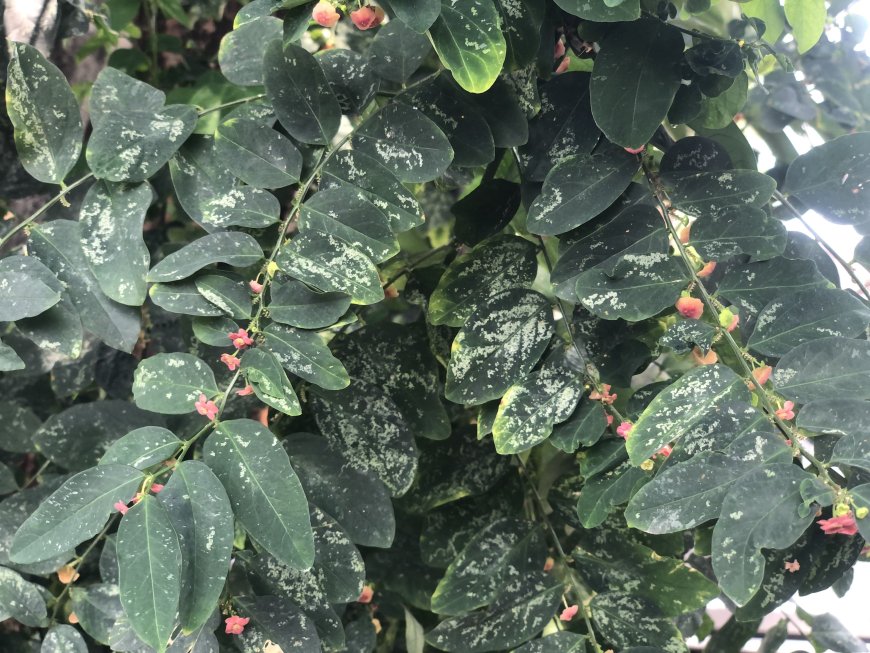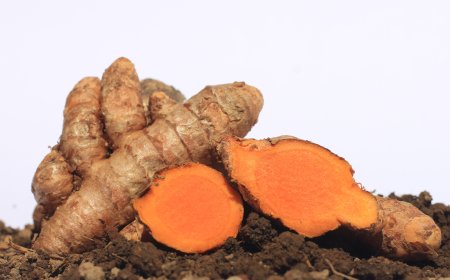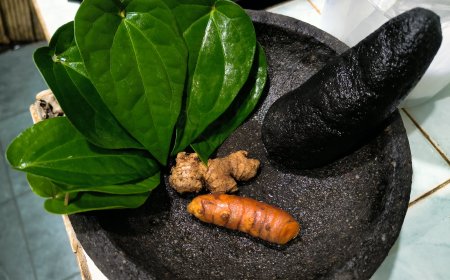Cinnamon Leaves as a Natural Loloh to Soothe Sore Throats
A sore throat is a common condition that often disrupts daily activities and reduces productivity. Symptoms such as throat pain and dry cough can further increase discomfort. When this occurs, proper treatment is essential to accelerate recovery, alleviate discomfort, and prevent more serious complications. One natural remedy that has long been used in traditional medicine is cinnamon leaf loloh.

In Balinese traditional medicine, Usadha Bali is a healing system that relies on the use of medicinal plants as a key component of its practices. This knowledge is preserved in various ancient texts, one of the most important being the Lontar Taru Pramana, which serves as a vital reference on the medicinal properties of plants used in healing. Lontar Taru Pramana specifically emphasizes the importance of using plants to maintain health and cure illnesses. In the context of Usadha Bali, plants like cinnamon leaves have been utilized as herbal remedies for various health complaints. One example is loloh made from cinnamon leaves, which has been used for generations to relieve symptoms of sore throat and flu, highlighting the deep knowledge Balinese people have about the benefits of medicinal plants that have been passed down through the ages.
Cinnamon Leaf Plant (Source of Photos: Personal Collection)
Cinnamon leaves are known for their remarkable ability to address sore throat, colds, and flu. In traditional medicine, these leaves are often used as a natural remedy to soothe inflammation and reduce symptoms associated with respiratory infections. The antibacterial, anti-inflammatory, and antiviral properties of cinnamon leaves help speed up the healing process, making them an effective choice for treating irritated throats as well as cold and flu symptoms like coughing and nasal congestion. In some regions of Bali, using cinnamon leaves as a remedy for respiratory issues has become a part of the traditional healing practices passed down through generations. The effectiveness of cinnamon leaves in combating infections and reducing inflammation makes them a trusted herbal ingredient for first aid when dealing with respiratory ailments.
Process of Making Cinnamon Leaf Infusion (Source of Photos: Personal Collection)
Processing Cinnamon Leaves into Traditional Medicine
- Prepare fresh cinnamon leaves
Choose fresh, young cinnamon leaves, picking them one by one. Wash the leaves thoroughly to remove any dirt. - Wash your hands and prepare a salt solution
Wash your hands to maintain cleanliness. Prepare a bowl of cold water and add a teaspoon of salt. - Squeeze the leaves until the green essence is extracted
Place the leaves into the salt solution and squeeze them until the water turns a dark green. This color indicates that the essence of the leaves has been extracted. - Strain the pulp to obtain a clean essence
Use a fine strainer or clean cloth to separate the liquid from the pulp, ensuring that only the essence of the leaves is collected. - Pour the cinnamon leaf loloh into a bottle
Pour the leaf essence into a clean bottle and store it in the refrigerator. Serve it cold for a more refreshing sensation.
Cinnamon Leaf Infusion (Source of Photos: Personal Collection)
Cinnamon leaves have long been an integral part of Balinese traditional medicine, as recorded in the Lontar Usadha Taru Pramana. With their anti-inflammatory, antibacterial, and antiviral properties, cinnamon leaves are effective in treating various ailments, including sore throats, colds, and flu. Moreover, the antioxidant properties of cinnamon leaves contribute to strengthening the immune system. Through this natural remedy, cinnamon leaves not only provide solutions for health issues but also reinforce the harmonious relationship between humans and nature. Their proven benefits and centuries-old use make cinnamon leaves a valuable herb for maintaining holistic health. Thus, the use of cinnamon leaves in traditional Balinese medicine highlights the importance of nature’s values in caring for human health.






























































